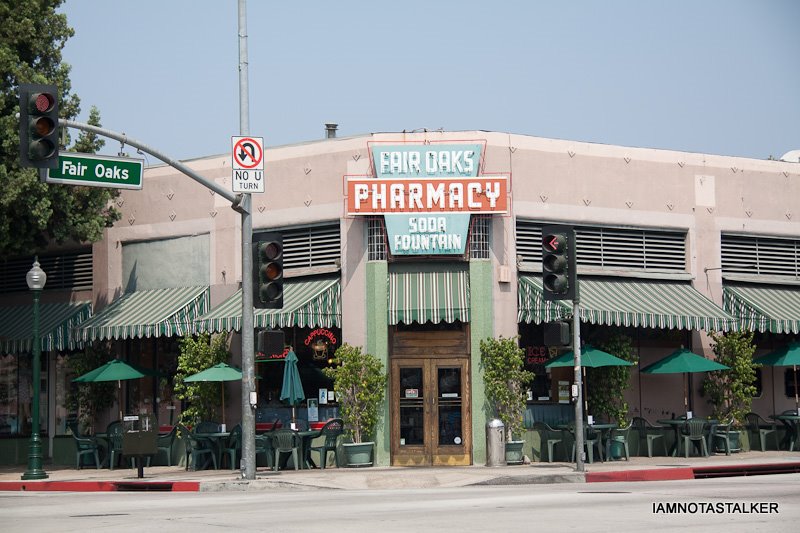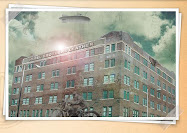Phosphate With a Twist

Neither, it turns out, did Darcy O’Neil, a chemist and bartender with an interest in historic drink. Someone asked him a few years ago what he knew about antique soft drinks. Not much, he realized. So he started digging through old texts and handbooks. In the process, he discovered the surprisingly complex ecosystem of the early soda fountain—which involved some curious ingredients (strychnine, tincture of oats, Leroy’s Vomito-Purgative Elixir) and wasn’t always imbued with a cherry-on-top innocence (Los Angeles Times, 1902: “They Thirst for Cocaine: Soda Fountain Fiends Multiplying. Slaves to the ‘Coca Cola’ Habit”).
O’Neil recently published his research and a slew of drink recipes in an intriguing little book called Fix the Pumps. Among the more fascinating long-forgotten fountain ingredients he examines is acid phosphate, a souring agent both cheaper and less perishable than lemon or lime juice. It consists of neutralized phosphoric acid and mineral salts, O’Neil told me. That may not sound like much of a marketing slogan, but it’s a great improvement over 19th-century advertisements for best-selling Horsford’s Acid Phosphate, which boasted: “It is not nauseous, but agreeable to the taste.”
Mixed with sweet syrup and carbonated water, acid phosphate created “a most delicious beverage,” as a Boston newspaper put it in 1888. The phosphate persisted as a sort of feral class of fountain drink into the 1950s, but fell out of favor amid the rise of bottled soft drinks and the decline of the fountains. O’Neil thought its disappearance a shame, so he founded the forthrightly named Extinct Chemical Company, and now sells acid phosphate to adventurous bars, including Clive’s Classic Lounge in Victoria, British Columbia, and Anvil Bar and Refuge in Houston.
Acid phosphate does two bewitching things to a drink: The acid gives it sourness without making it taste like anything in particular. And the salts enhance existing flavors, much as they do with food. The various elements of the drink (sweet, sour, bitter, sharp) are each discernible, but none is overwhelming. Adding a teaspoon or so of acid phosphate makes a cocktail seem slightly off center, and makes your tongue tingle.
“You can’t name another single cocktail ingredient that functions like this,” said Bobby Heugel, a partner and bartender at Anvil. “The actual phosphate you can’t taste, but the impact on the cocktail is enormous.” Last summer, Heugel put on his cocktail list a sarsaparilla phosphate made with aged rum—basically a grown-up version of a fountain classic. “It’s very subtle,” he said. “It allows you to taste all these flavors that otherwise you’d miss because you’d have to balance it out with more citrus juice. When you add lemon juice to something, it tastes like lemon. Phosphate just adds acidity, balance, and texture to a cocktail without screaming, Hey!
O’Neil sent me a bottle of acid phosphate, and I’ve been playing home chemist ever since. Heugel’s Uncle Morris cocktail—made with gin, honey, celery bitters, lime juice, tonic, and a dollop of acid phosphate—is refreshingly light and nicely tongue-tingly. But my favorite so far is one O’Neil created, which he calls the Wet Grave (after a nickname for New Orleans). It combines acid phosphate with bourbon, dry vermouth, and claret syrup. It has a deep red-ocher color, and a rich, beguiling flavor—somehow tasting both soft and hard at the same time.
And that made me wonder: How about a nice cherry phosphate? I got some concentrated cherry juice, then added sugar, acid phosphate, seltzer water, and—why not?—a little bourbon. Sipping the mixture (which still needs work), I felt as if I were embarking on a small adventure, with a player-piano sound track, into a familiar landscape where the horizon had tilted a few degrees from level. In an era of big tastes and artificially flavored everything, I’m not sure acid phosphate is bold enough to captivate a nation once again. But wouldn’t it be wonderful, someday, to lean on a marble counter and say, “Hey, mister, gimme a cherry-bourbon phosphate”?









No comments:
Post a Comment